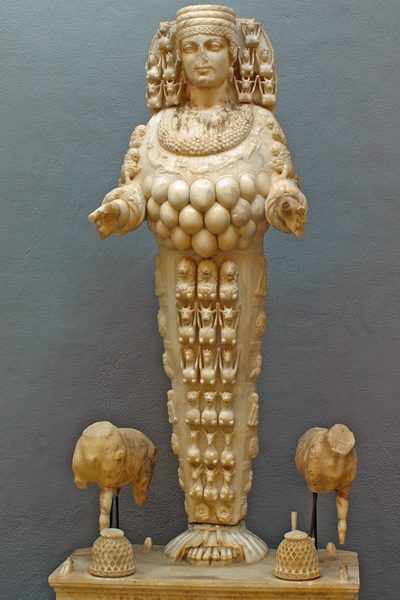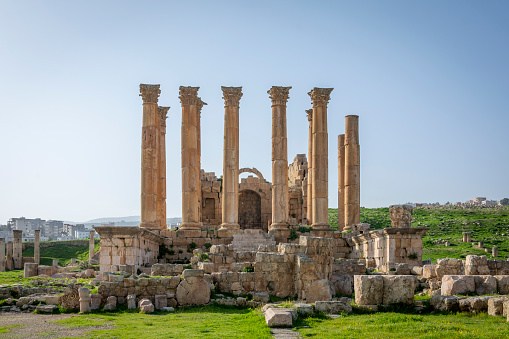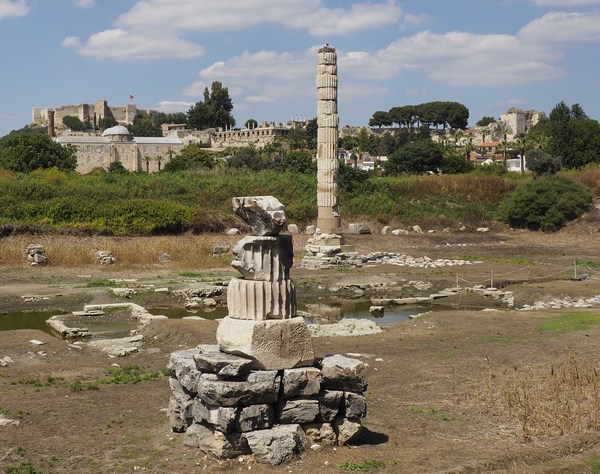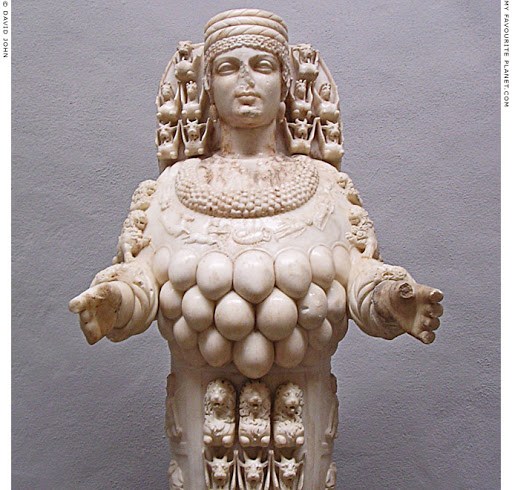The Temple of Artemision: A Wonder of the Ancient World
History and Architecture of the Artemision Temple in Ephesus



The Temple of Artemision, considered one of the Seven Wonders of the Ancient World, was located in the Ephesus region. Built on a flat area that had historically been a swamp, this magnificent structure was a marvel of the Hellenistic Age. Entirely made of marble and adorned with intricately sculptured columns, it stood as a symbol of devotion to the goddess Artemis.
Although only the foundations of the temple remain today, its historical significance and architectural grandeur continue to captivate visitors and scholars alike.
The oldest remnants of the Artemision date back to the 6th century B.C., during which the temple was surrounded by 36 massive columns. These columns were later expanded under the orders of the Lydian King Croesus, who played a significant role in its development. Notably, many of the finest sculptures and artifacts from this period are now exhibited in the British Museum in London, making them accessible to a global audience.
In the 2nd century B.C., the temple was reconstructed on an even grander scale, with 125 columns, each standing 17.5 meters tall. Despite its enormous size and magnificence, the temple faced multiple devastations: it was first destroyed by fire, then rebuilt, only to be damaged again by earthquakes. Eventually, it was looted by the Goths in 268 A.D., marking the end of its era as a significant religious center.
The iconic statue of the many-breasted Artemis, symbolizing fertility, abundance, and wild nature, was a central feature of the temple. This statue, representing the essence of the goddess, was removed during the fires and is now displayed in the Ephesus Museum. Several replicas of this statue, dating back to the Roman period, have also been discovered during excavations.


Today, the ruins of the Temple of Artemision remain a testament to its historical significance, attracting visitors and researchers who seek to uncover the mysteries of this once-glorious sanctuary.